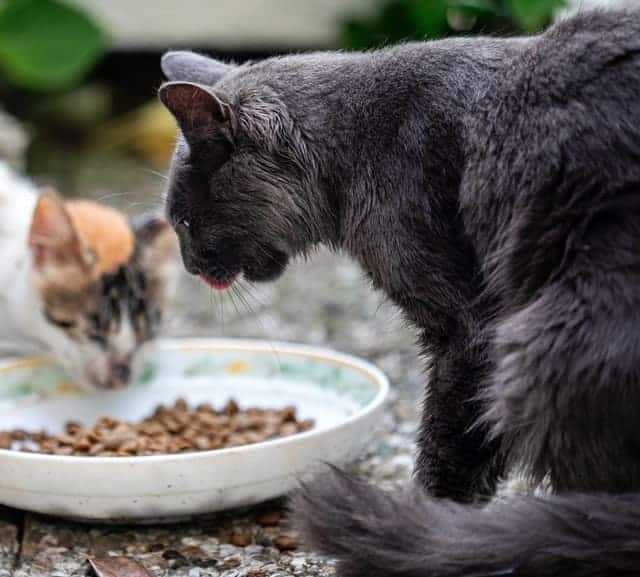
Iron deficiency anemia in cats is a fairly common condition. We learn to recognize which causes the symptoms and the treatment.
Anemia is usually a disease caused by a severe shortage of red blood cells in the body or even if the red blood cells themselves do not contain enough hemoglobin (a protein rich in iron).
In the case of iron deficiency anemia in cats, this deficiency causes the cells produced by the bone marrow to be too small and with unsuitable oxygen-carrying characteristics, generating undeveloped red blood cells as they should.
Therefore, since the organism of animals is much more delicate than that of humans, it is important to learn to recognize iron deficiency anemia in cats.
Acting in a timely manner is useful to prevent it from causing other underlying diseases that are much more serious and even fatal.
Causes of iron deficiency anemia in cats
Causes of iron deficiency anemia in cats may be as follows:
- urinary tract infection
- external blood loss of any reasons
- parasites that feed on the cat’s blood (fleas, ticks, hookworms in cats )
- lymphoma
- put back into the stomach or intestines (which is the most common site of blood loss).
There is also a form of transient iron deficiency anemia that occurs in about 50% of kittens by about ten weeks.
Fortunately, as the word itself says, it is a transitory condition and consequently with the passing of the weeks, the puppy will undergo a spontaneous recovery without any suffering, thanks to the intake of solid food.
The obvious symptoms that develop during the occurrence of iron deficiency anemia in cats can be the following:
- loss of appetite ( anorexia in cats )
- state of weakness
- lethargy
- depression
- rapid breathing
- higher than normal susceptibility to disease
In the face of the aforementioned symptoms identified in the animal, it is necessary to contact your veterinarian without hesitation.
The doctor will be able to establish the exact diagnosis, determining the cause and thus administering a suitable treatment for the care of the animal.
Diagnosis and treatment of iron deficiency anemia in cats

In order to establish a correct diagnosis regarding the pathology present in the animal, the veterinarian must be able to carry out certain tests, which can be identified in the following tests:
- Complete blood test (CBC)
- Fecal test for blood
- Urine analysis
- Packed Cell Volume (PCV) Test
- Bone marrow aspirate
- Check for iron in the blood
- Fecal flotation to rule out hookworms
Once all the tests have been carried out, the doctor will be able to have a clear picture of the situation and thus establish a specific treatment, which in some cases, the most serious ones, also includes transfusions.
In general, the appropriate treatment is to administer iron through injections or drips, as supplements do not have good efficacy in animals with severe iron deficiency in cats are not able to absorb iron very well.
The therapy will have to be applied for one to two months and only afterwards can it continue with the use of iron supplements administered orally for another one or two months or in any case until the iron deficiency has disappeared.
In the following period, in order to be able to monitor the cat’s health, the veterinarian will carry out clinical tests, including a complete blood count every one to four weeks.
In the meantime of the duration of the therapy it is necessary to protect the cat from any diseases and problems, perhaps keeping it sheltered in its cat carrier.






